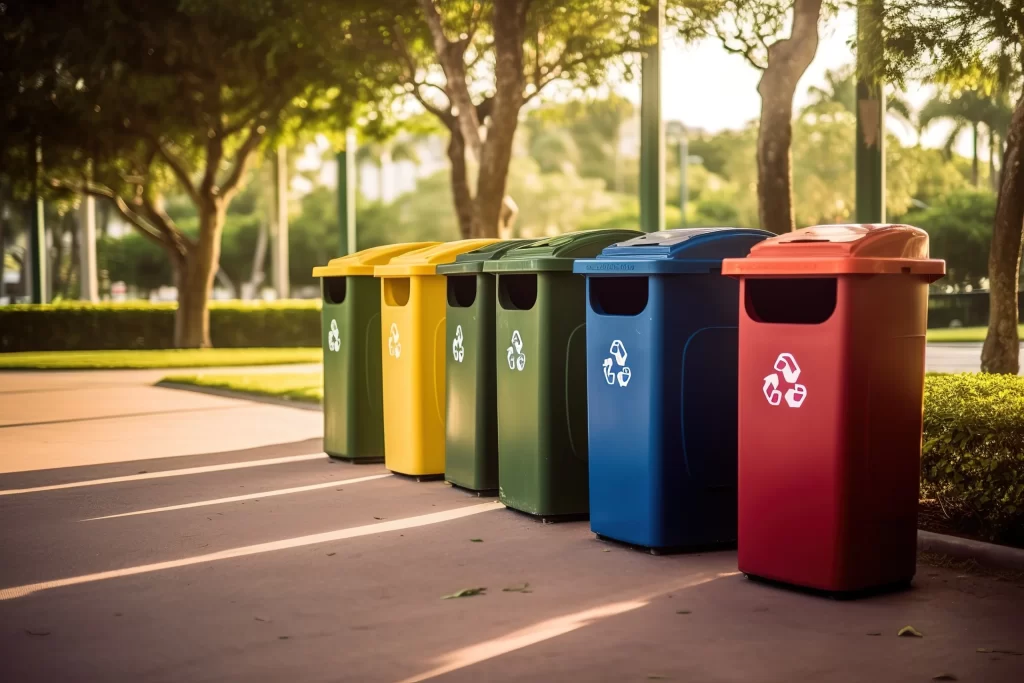PCR PET (Post Consumer Recycled Polyethylene Terephhalate) is an environmentally friendly material, and its preparation process involves recycling and recycling of discarded PET plastics. The article will describe PCR PET materials, advantages, characteristics, and international certification.
1、 The main steps to obtain PCR PET materials are as follows:
Recycling: Recycling waste PET plastics, such as mineral water bottles, fruit juice bottles, etc., to separate renewable PET raw materials from the waste.
Sorting: Sort the recycled waste PET plastic to eliminate foreign substances and other plastics that do not meet the requirements.
Cleaning: Clean the sorted waste PET plastic to remove surface dirt and pollutants.
Crushing: Crush the cleaned waste PET plastic into small particles for subsequent processing.
Regenerative processing: Regenerative processing is carried out on the crushed waste PET plastic to form PCR PET particles.
PCR PET particles: PCR PET particles exist in the form of particles after regeneration processing, and are used to manufacture various plastic products, such as bottle bodies, caps, etc.
PCR PET sheets: PCR PET can also be made into sheet form and used to manufacture plastic products such as packaging boxes and pallets.
2、 PCR PET, as an environmentally friendly material, has the following advantages:
Environmental protection: The production process of PCR PET materials uses recycled waste PET plastics, reducing the impact of plastic waste on the environment and promoting circular economy and sustainable development.
Resource saving: The use of PCR PET materials can reduce the extraction of limited resources such as raw oil, saving non renewable resources.
Reducing carbon emissions: The production process of PCR PET materials consumes less energy, reduces carbon emissions, and is beneficial for mitigating global warming and climate change issues.
Recycling: The recycling process of PCR PET materials achieves the reuse of waste plastics and promotes the recycling of resources.
3、 PCR PET has the following characteristics:
Physical properties: PCR PET materials have excellent transparency, mechanical properties, and thermal stability.
Cost effectiveness: Compared to newly produced PET plastics, PCR PET materials have lower costs, which helps to reduce production costs.
Processability: PCR PET materials are easy to process into various shapes and are widely used in various fields.
At present, the usage of PCR PET in the global plastic market is gradually increasing, especially in the packaging and textile industries.
According to industry reports, it is expected that the market usage of PCR PET will continue to grow in the coming years and play a more important role in sustainable development and environmental protection.
5、 To obtain international certification for PCR PET, enterprises need to meet relevant standards and requirements. Internationally renowned certification bodies such as the EU Ecolabel and the US Green Seal conduct strict audits on the recycling sources, recycling processes, and performance of PCR PET materials. Enterprises can apply for certification, conduct relevant tests and evaluations to prove the authenticity and environmental friendliness of their PCR PET materials.
PCR PET, as an environmentally friendly material, has unique advantages and characteristics. Its recycling and reuse characteristics help reduce the impact of plastic waste on the environment, reduce carbon emissions, and save resources. At present, PCR PET has been widely used in beverage bottles, cosmetic packaging, textiles and other fields, and its usage in the global market is gradually increasing. To obtain international certification for PCR PET, enterprises need to meet relevant standards and undergo strict auditing and evaluation. The future prospects of PCR PET are very broad, and it will continue to play an important role in environmental protection and sustainable development.

